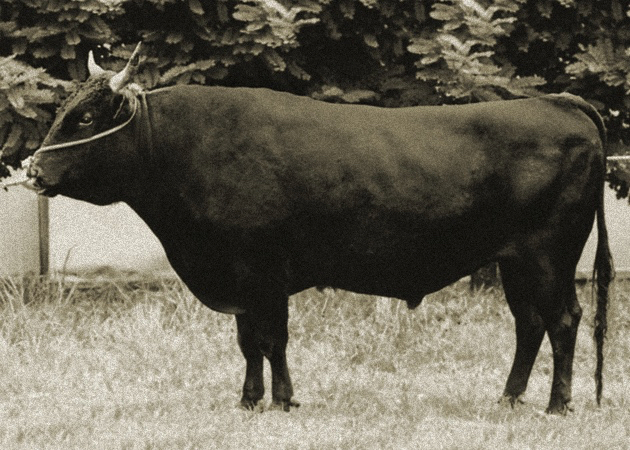
Line Breeding vs Inbreeding
Inbreeding is the mating of animals that are closely related to each other. Outcrossing is the mating of animals that are totally unrelated. Somewhere in the middle lies line breeding. What constitutes inbreeding and what constitutes line breeding is in the eye of the breeder.
Line breeding is highly strategized inbreeding. It is breeding to close relatives in order to lock in desirable traits. Line breeding seeks to convey outstanding genetics from one generation to another while minimizing the transfer of undesirable traits.
A so-called half-sib mating (half brother to half sister) is a popular form of line breeding.
The difference between inbreeding and line breeding lies in the degrees of separation between one half of a breeding pair and the other. Inbreeding means mating father to daughter, mother to son, and brother to sister. Line breeding involves mating more-distantly related animals, although there is a conventional wisdom that says line breeding is whatever works and inbreeding is whatever doesn’t.
The grandfather of animal breeding is 18th-century English agriculturalist Robert Bakewell. Bakewell was the first to turn away from a random approach to breeding that had ruled the roost (and the pasture and the barn) for centuries. Bakewell took control of the breeding process and introduced inbreeding (then known as “close breeding”) as a way of locking in and magnifying desirable traits.
Bakewell believed in finding the best and mating it with the best. Everything breeders do today owes a debt to Bakewell.
The terms “inbreeding coefficient” and “coefficient of inbreeding” both refer to a mathematical formula devised by the late geneticist Sewell Wright. It is used for determining just how close, genetically, certain animals are. The inbreeding coefficient (IC) calculates the probability that “both genes of a pair in an individual are identical by descent,” according to a definition that has been shared online by breeders of alpacas, pit bulls and many other disparate animals.
What is considered high varies from animal to animal, and breed to breed. In racehorses, an inbreeding coefficient of 5 percent is considered high. In Wagyu, it’s anything over 15 percent. The higher the percentage, the greater the potential benefits and risks. In Japan, especially in Hyogo Prefecture, intensive and extensive line breeding over the course of several hundred years has been used on Wagyu to lock in certain traits.
At first, Japanese breeders were just trying to create the best draft animals. They had no way of knowing, of course, that the physical traits they appreciated in cattle raised for work would one day be the same traits that breeders would appreciate in cattle raised for beef.
Hyogo Prefecture’s aggressive and long-lived line-breeding strategy was cast into high relief in a 2006 calf-market survey of 62,000 Japanese Black Wagyu. The average IC at the Hyogo Prefecture market was a whopping 21.7 percent, whereas the average IC for Tottori calves (Tottori being a prefecture where outcrossing has been practiced of late to a much greater degree) was 6.8 percent.
